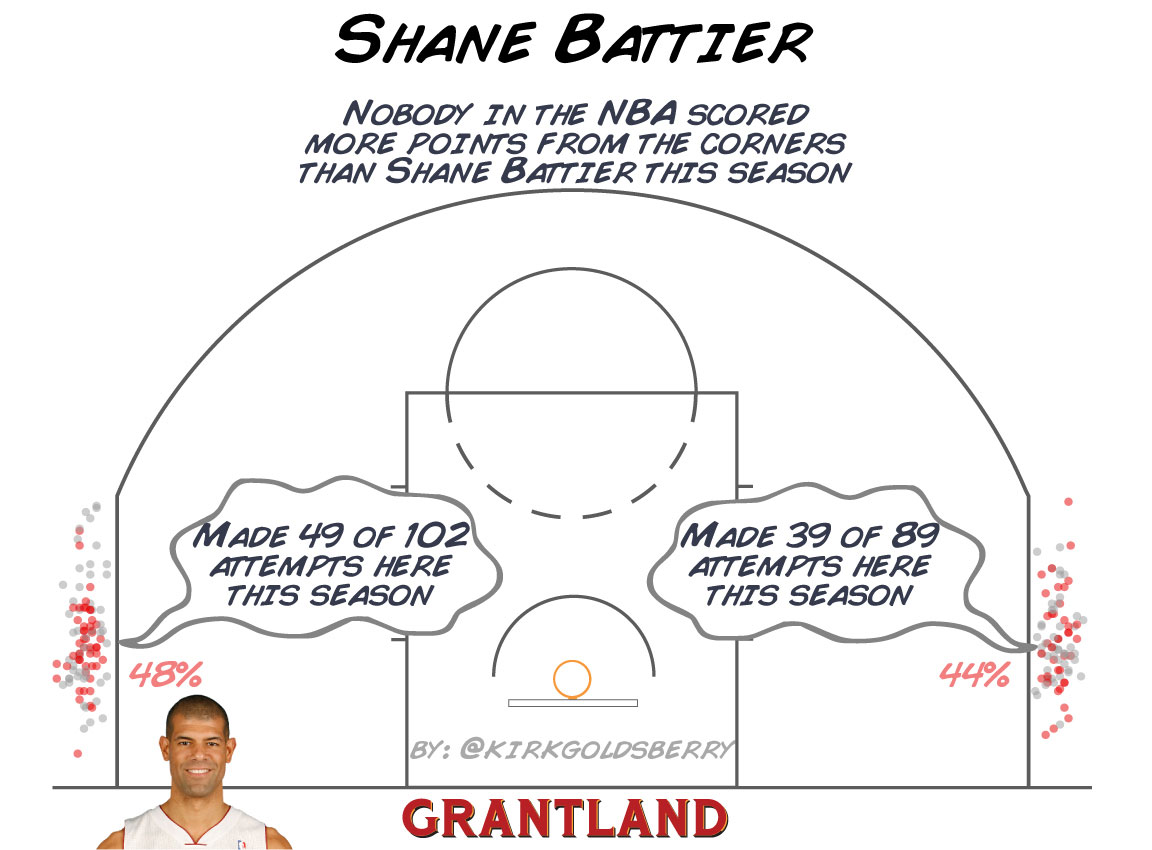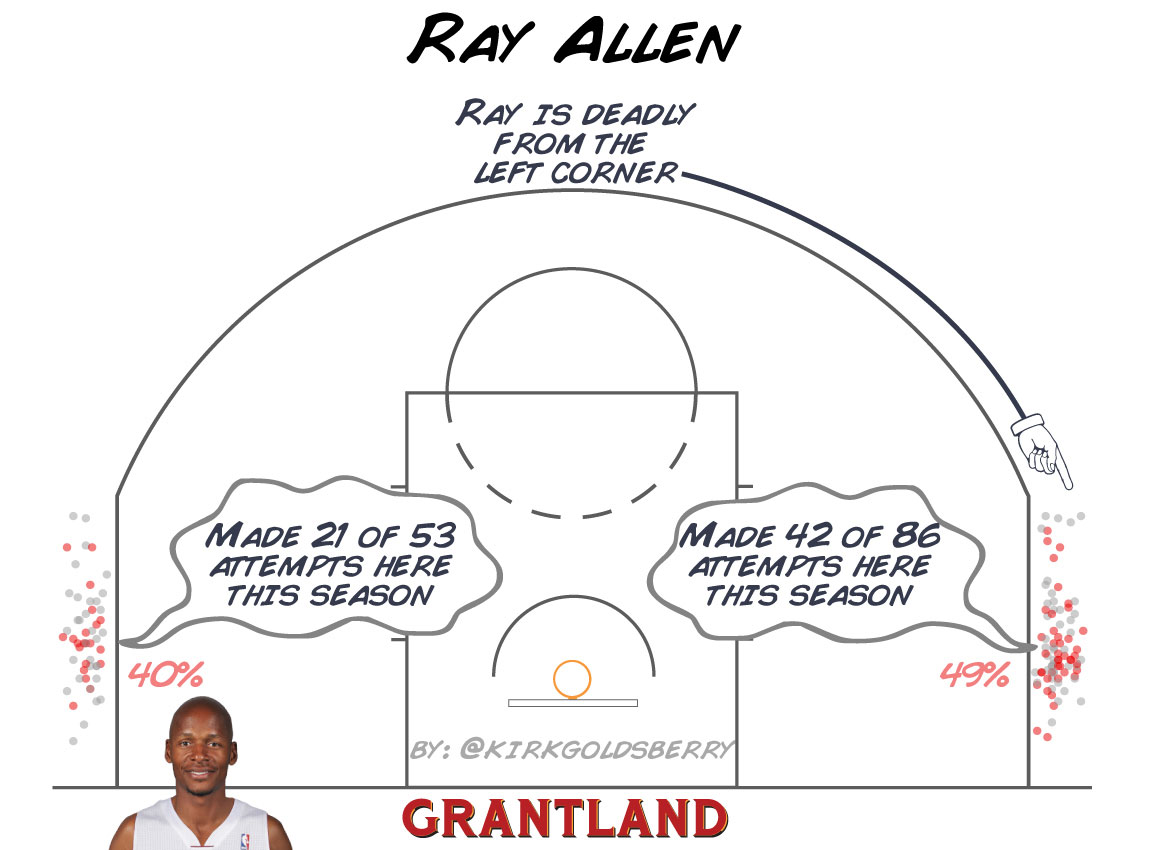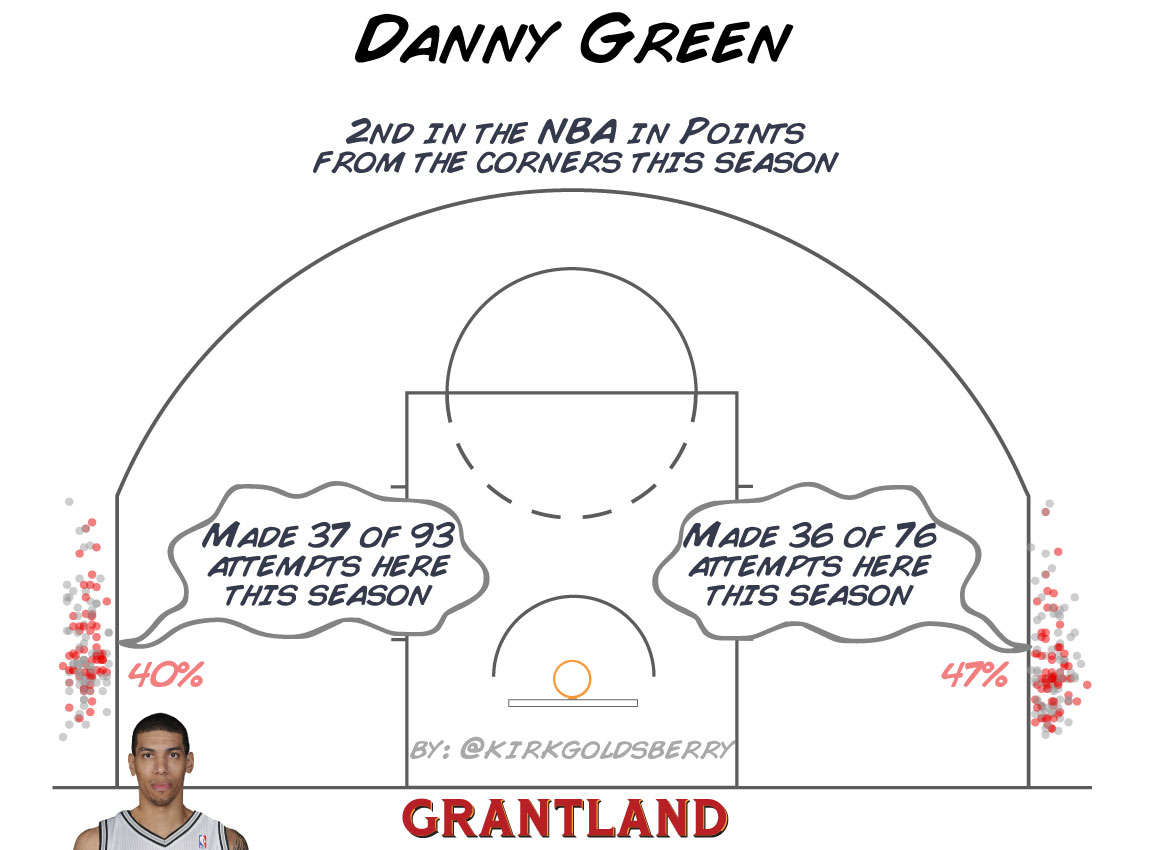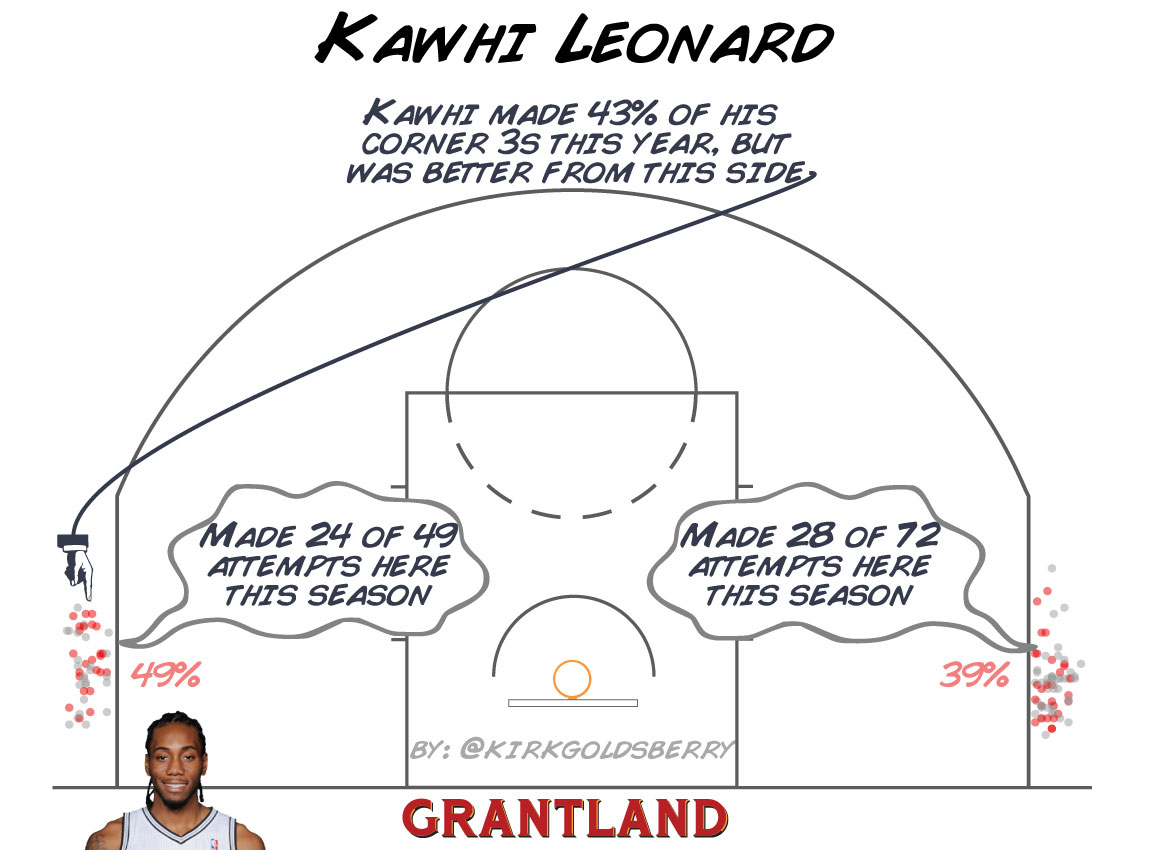- 85,864
- 112,315
- Joined
- Sep 5, 2010
Haberstroh:
The Dwyane Wade problem
In reviewing Dwyane Wade’s Game 6 performance -- after which he complained that he wasn’t getting enough opportunities to succeed -- there are two shots that stand out.
The first came in the opening four minutes of the game Saturday against the Pacers. LeBron James passed to Wade on the right baseline with 10 seconds left on the shot clock. James cleared out of the way for Wade, which allowed Wade to go at Lance Stephenson one-on-one. With his teammates retreating to the opposite side, Wade casually posted Stephenson up on the right block, dribbled three times, turned his right shoulder into traffic and found himself looking straight into David West’s armpit.
Uh oh. Now faced with a double-team, Wade tried a maneuver he’s successfully done throughout his career: draw contact and the shooting foul. Instead, West and Stephenson stood straight up and Wade flailed his arms wildly on a layup trying to get the whistle. While Wade was falling toward the basket, West already had snatched the ball away and begun to lead the Pacers’ fastbreak.
The second memorable Wade play took place early in the third quarter. Chris Bosh came to set a high screen for Wade at the top of the key with 15 seconds left on the shot clock. Wade declined to use the screen and opted for an isolation on Stephenson instead. Wade lowered his head and started to slowly dribble toward Stephenson, who backpedaled into the paint and gave Wade some airspace. As the shot clock ticked down to 10 seconds, Wade stopped in his tracks, pulled up just before the foul line for a midrange jumper and clanked it on the front end of the rim.
Why do these two shots stick out?
Because they demonstrate that Wade’s problem is not rooted in a lack of opportunity; it is a lack of ability.
These were just two of many occasions in Game 6 where Wade was given a chance to work his magic, but the dove fell limp inside the black top hat. We’re still waiting for Wade to show us those moments where he’s Dwyane Wade again, but rarely do those moments ever come.
Sitting at his locker after Game 6 with enormous icebags on his knees, Wade groaned about the lack of touches and about being left out of the offense. Wade finished with just 10 points Saturday on 3-of-11 shooting. However, the target of his frustration feels misplaced. Rather than blaming his teammates for locking him out of the flow, Wade should be looking at himself -- specifically, the flat tire that is his right leg.
As a result of the bruised right knee that has limited Wade for two months, it’s plain to see that Wade’s game looks bankrupt right now.
Unable to make hard cuts and explode off the dribble, the former Finals MVP has been routinely neutralized in the pick-and-roll and in isolations against a stout Pacers defense. In Game 6, he generated just two shots in the restricted area and missed them both. Conversely, he settled for eight jumpers, many of which were early in the shot clock, and missed five of them.
More often than not, Wade has taken his opportunities and turned them into uninspired jumpers. That development wouldn’t be so troublesome if Wade possessed a reliable jump shot, but that shot has failed him as well. He’s shooting a miserable 32.7 percent (34 for 104) on jump shots in the playoffs so far, according to Basketball-Reference.com. That places him 23rd in jump shot field goal percentage out of the 27 players with at least 100 jumpers this postseason.
But the damage is much worse than that because 100 of those 104 Wade jump shots have come inside the 3-point arc, where the payoff is comparatively low. Most players who shoot that low on jumpers are taking them from downtown, where it’s acceptable to shoot about 33 percent. Wade is the lone exception. In fact, when we account for the added value of the 3-point shot, Wade’s effective field goal percentage on jumpers falls to dead last at 33.2 percent.
Wade doesn’t have many weapons left. We’ve already sounded the sirens on Wade’s lack of free throws in this space. He’s down to a measly 3.6 free throw attempts per game, exactly half of what it was in last season's playoffs (7.2 attempts). But compounding the issue is the lack of shots at the rim. The free throw count is available for the world to see in the box score, but the easy shots around the rim are just as concerning.
What we discover from NBA.com’s stats tool is a concerning trend. In his past 10 games, Wade has averaged just 4.4 attempts per game in the restricted area, down from his regular-season rate of 6.6 attempts. Remember when Wade’s knee bothered him throughout last postseason? This is much worse. When Wade’s knee plagued him last playoffs, he was still able to find 6.2 close-range shots per game, converting at a much higher percentage than he has been lately (69.0 percent, compared to 59.1 percent in his past 10 games).
So, is this a glimpse into the future for Wade? Frustrated and grounded by his body, reduced to midrange jumpers?
It’s possible, yes. This is the third straight postseason where Wade has been compromised by a balky knee, but it’s the first time it has plagued him to the point where he’s no longer playing at a star-caliber level. The severity of the injury may be worse, and it doesn’t help that he’s forced to play against an unforgiving Pacers defense.
But Wade is 31 years old now, at the cusp of when elite shooting guards tend to fade due to a lack of quickness and athleticism. If Wade wants to turn it around in Game 7, he should be looking in the mirror, rather than faulting others for his struggles. He just might not like what he sees.













